Tubes and Nesting Trays
Next, you will need to equip your bee-house with tubes or nesting trays. While some people use solid wooden houses with drilled holes for nesting, this type of habitat does not allow cocoons to be harvested and there tends to be significant buildup of debris and disease in the holes after being used for multiple seasons. We recommend selecting nesting tubes or blocks that can be opened, and harvesting, cleaning, and storing your cocoons at the end of the season to ensure bee health and populations for the next year. Some options for tubes to use include natural reeds, cardboard tubes with or without a paper insert, or any rigid and breathable material like printer paper rolled around a pencil and fastened with tape. If you want to lure and promote other native pollinators providing tubes with a range of diameters is a good way to promote habitat for the widest range of native bee and beneficial wasp species. Once cocoons are harvested, however, those tubes will need to be replaced.
You will also need to make sure your bees have the right nesting materials available to seal up their development chambers inside the tubes. Mason bees require mud with a heavy clay texture. If this is not naturally occurring in your area, you can purchase bags of clay-mud to mix and put out for your bees. They are sensitive to the moisture level of the mud, so be sure to water it frequently. If you are trying to attract leafcutter bees, they require leaves or petal material to cut and bring back to the nest. They seem to prefer pea plants, roses, lilacs, and dahlias.
Forage and Nesting Material
Your next considerations will be ensuring that your bees will have plenty of forage and nesting materials within their 300 foot foraging radius. Mason bees, and leafcutter bees, are generalist foragers, meaning they gather nectar and pollen from many types of flowers. Make sure you provide a variety of plants with staggered blooming periods so that they have forage throughout their seasons. Finally, we recommend avoiding hybrid plants. These tend to produce less nectar and pollen, and will not provide a high quality diet for your bees. Visit your local nursery and check out the plant lists from Xerces Society to curate the best garden for your bees and other native pollinators. Also, keep in mind that the best plants for native bees are native plants! Native bees have spent thousands of years co-evolving with native plants so they are best at collecting nectar and pollen from those flowers.
Getting Mason Bees
Once you have your house set up, it’s time to introduce the native pollinators to their new home! You can often purchase cocoons for blue orchard mason bees and alfalfa leafcutter bees through local breeders and quality nurseries. We get our cocoons shipped to us from Crown Bees in Seattle Washington.


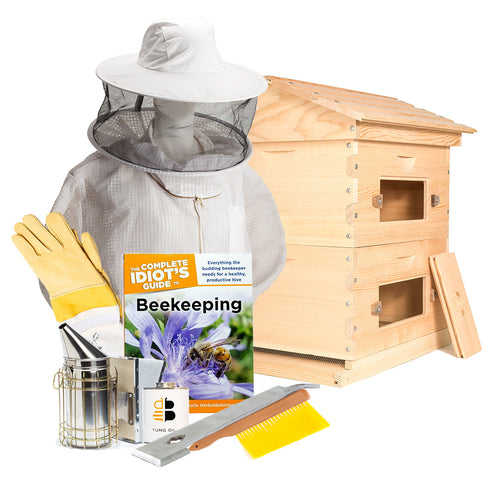
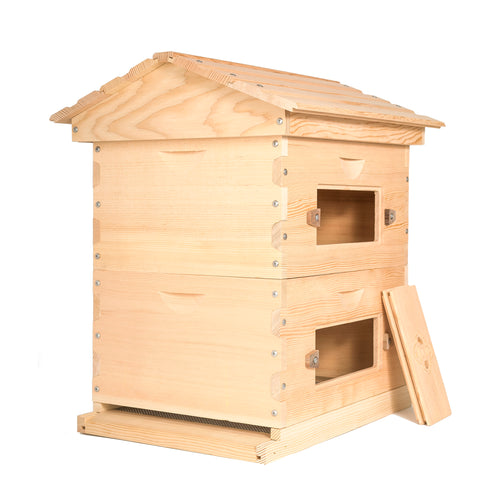

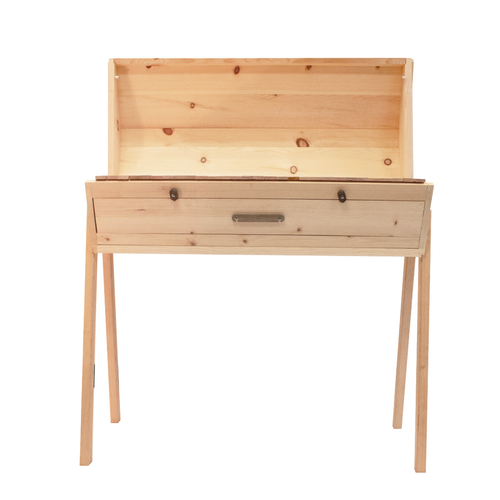
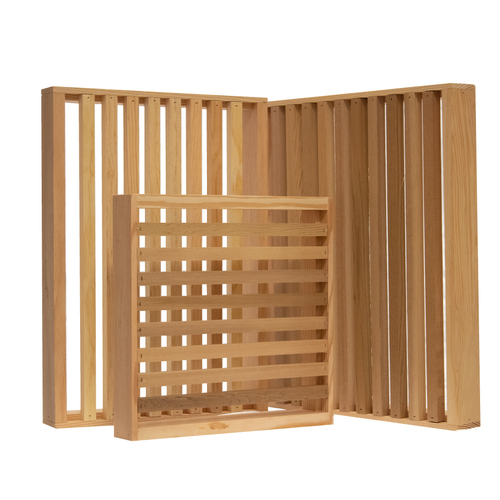
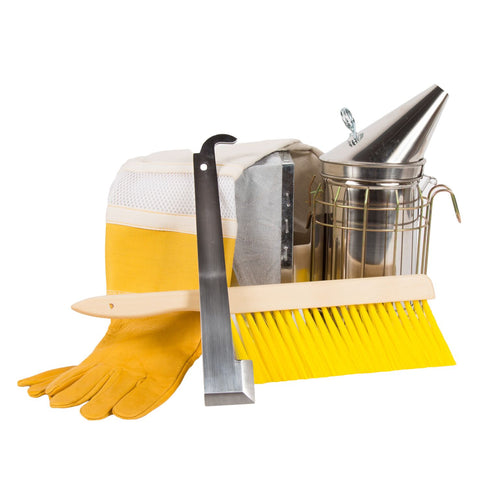
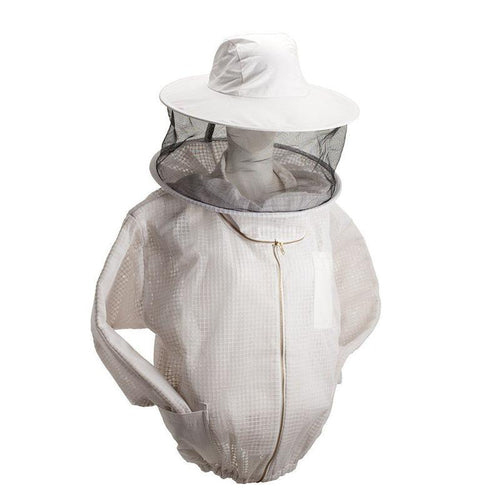
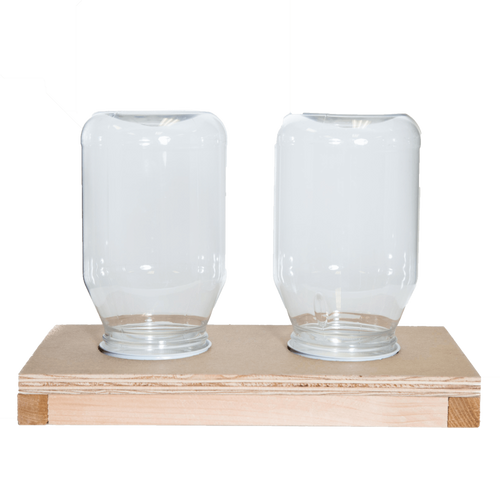

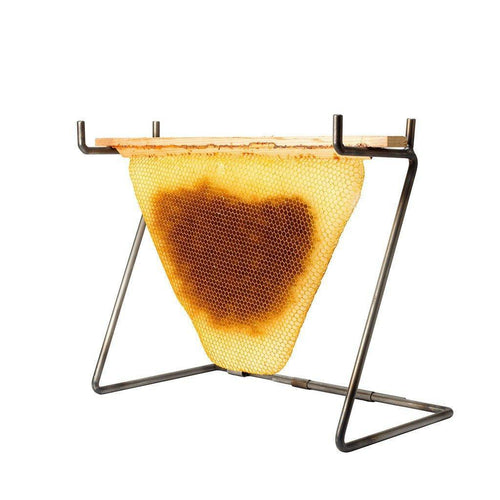
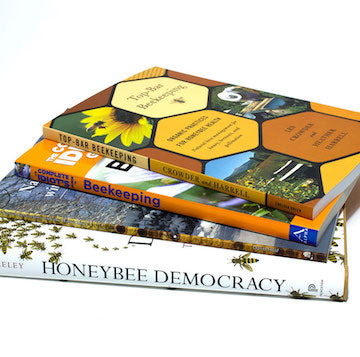
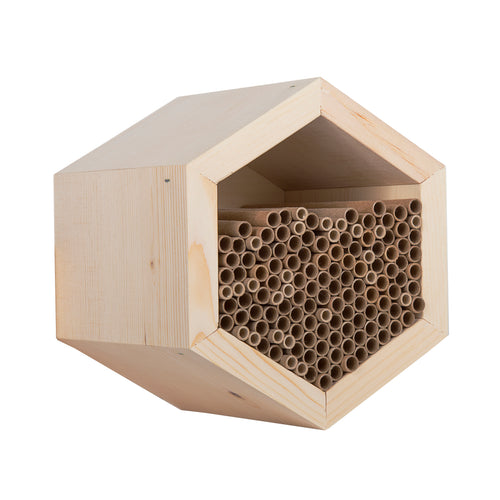
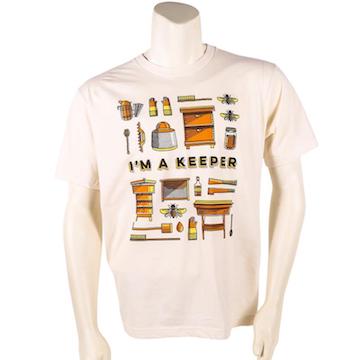

 Once you have your mason bee house, the first step will be deciding where to hang it. The optimal location to hang your mason bee house is 6 to 7 feet off the ground, preferably under an eave of your house, garage, shed or some other shelter. If this is not an option, choose a house design that provides adequate shelter from the elements on its own, like the
Once you have your mason bee house, the first step will be deciding where to hang it. The optimal location to hang your mason bee house is 6 to 7 feet off the ground, preferably under an eave of your house, garage, shed or some other shelter. If this is not an option, choose a house design that provides adequate shelter from the elements on its own, like the 
JOHN W
July 10, 2019
Jim Fiedor:
They should be capped off in back and be about 6 inches deep. They like this because bird beaks can’t get down too far. And the interior diameter should be about 5/16’. If it’s bigger, you might put a paper tube in. They’ll nest in concrete or rock cavities too, and bamboo is pretty inert, so I think they might like it.